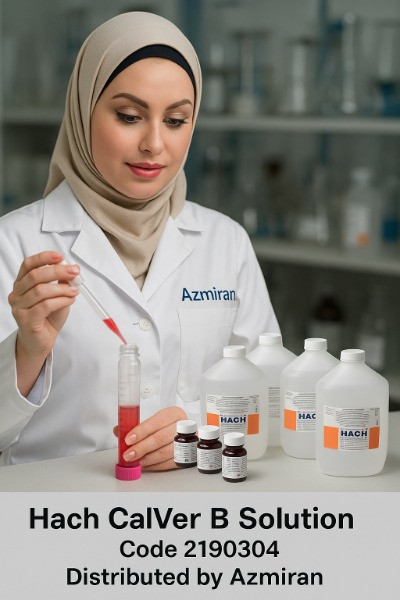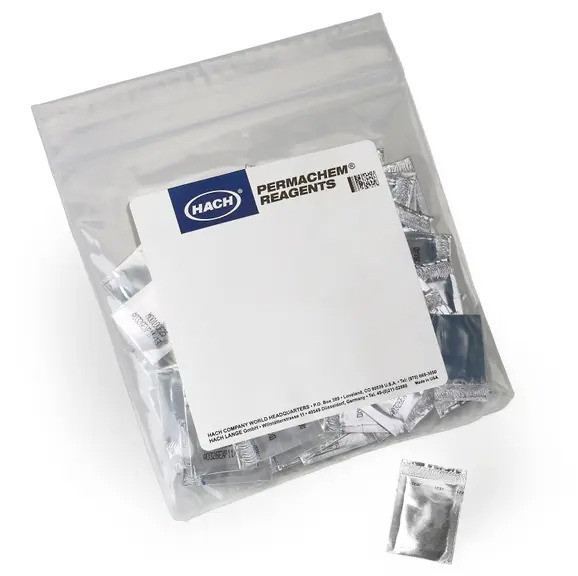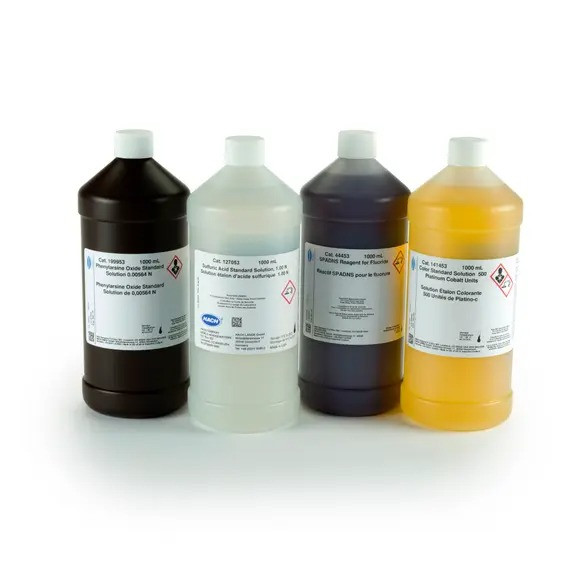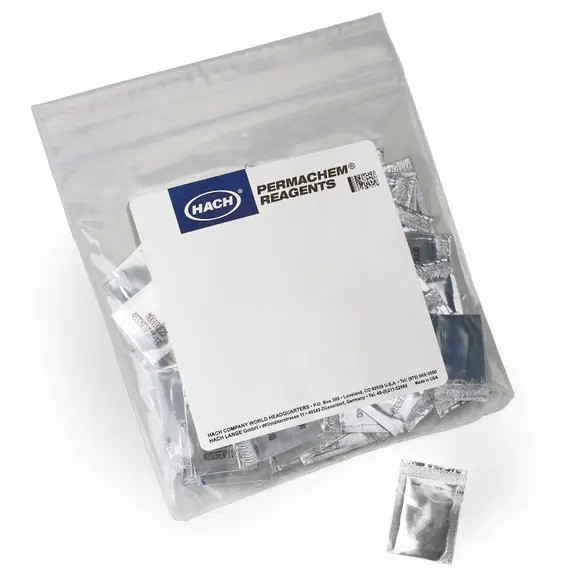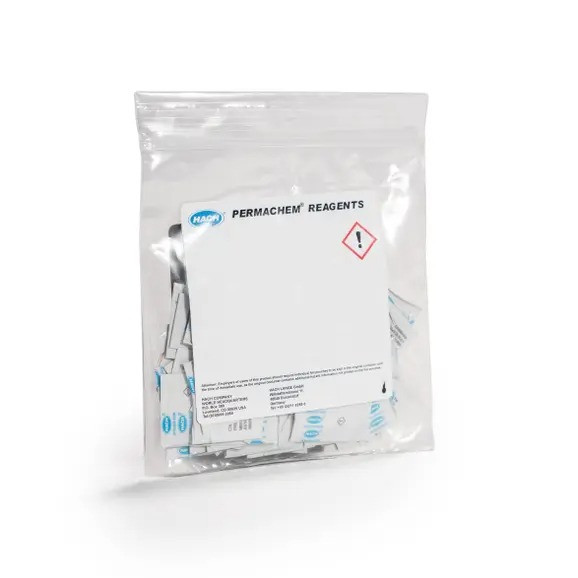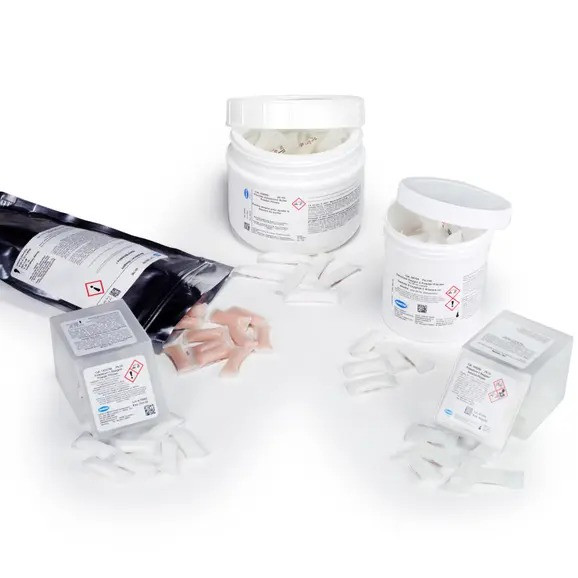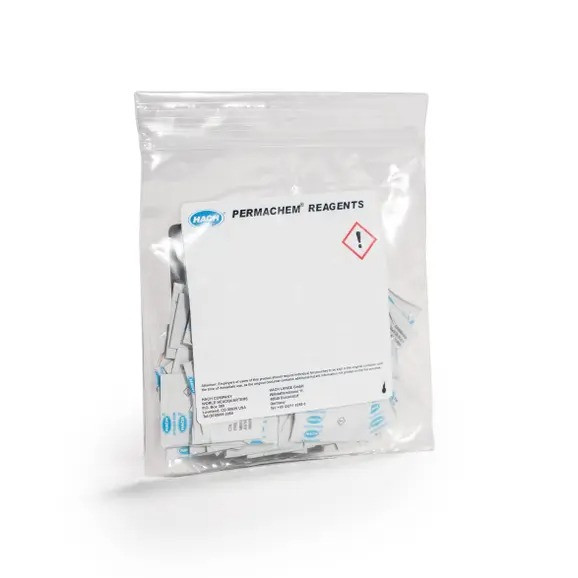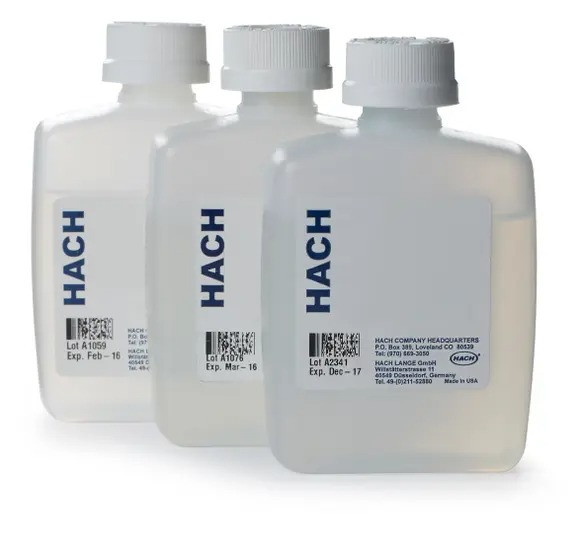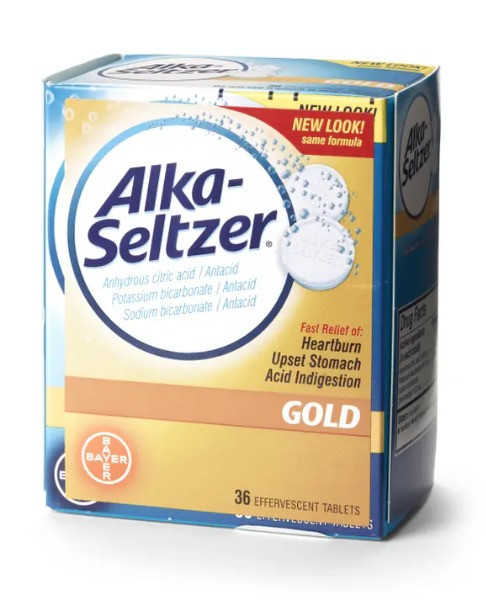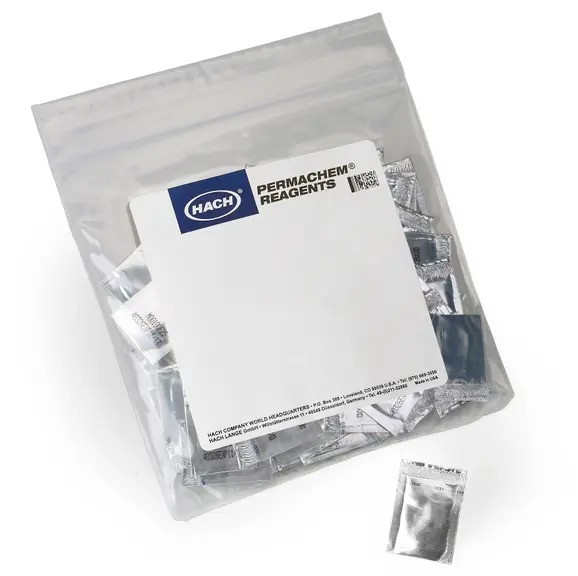Overview
- Product nameOxaloacetate Assay Kit
- Sample typeCell culture supernatant, Urine, Serum, Plasma, Other biological fluids, Tissue Extracts
- Assay typeQuantitative
- Sensitivity> 2 µM
- Range2 µM - 200 µM
- Assay time0h 40m
- Product overview
Abcam's Oxaloacetate Assay Kit provides a simple, sensitive and rapid means of quantifying OAA in a variety of samples. In the assay, OAA is converted to pyruvate which is utilized to convert a nearly colorless probe to an intensely colored (?max= 570nm) and fluorescent (Ex/Em = 535/587nm) product. The Oxaloacetate Assay Kit can detect 0.1-10nmol (2-200 µM) of OAA.
Visit our FAQs page for tips and troubleshooting. - Notes
Oxaloacetate (OAA, HOOC-CO-CH2-COOH) is a TCA cycle intermediate. It precedes citrate which is formed by the transfer of an acetyl group to OAA. OAA is formed by the deamidation of aspartate or condensation of CO2 with pyruvate or PEP. Since mammals do not possess the enzymatic machinery to form TCA cycle intermediates from acetyl CoA, OAA is one of the anaplerotic entry points via pyruvate and pyruvate carboxykinase
- Tested applicationsSuitable for: Functional Studiesmore details
Properties
- Storage instructionsStore at -20°C. Please refer to protocols.
-
Components Identifier 100 tests Developer Green 1 vial OAA Assay Buffer WM 1 x 25ml OAA Enzyme Mix Purple 1 vial OAA Probe (in DMSO) Red 1 x 200µl OAA Standard (10 µmol) Yellow 1 vial - Research areas
- RelevanceOxaloacetate (OAA, HOOC-CO-CH2-COOH) is a TCA cycle intermediate. It precedes citrate which is formed by the transfer of an acetyl group to OAA. OAA is formed by the deamidation of aspartate or condensation of CO2 with pyruvate or PEP. Since mammals do not possess the enzymatic machinery to form TCA cycle intermediates from acetyl CoA, OAA is one of the anaplerotic entry points via pyruvate and pyruvate carboxykinase.
-
Alternative names
- OAA
- Oxaloacetic acid


